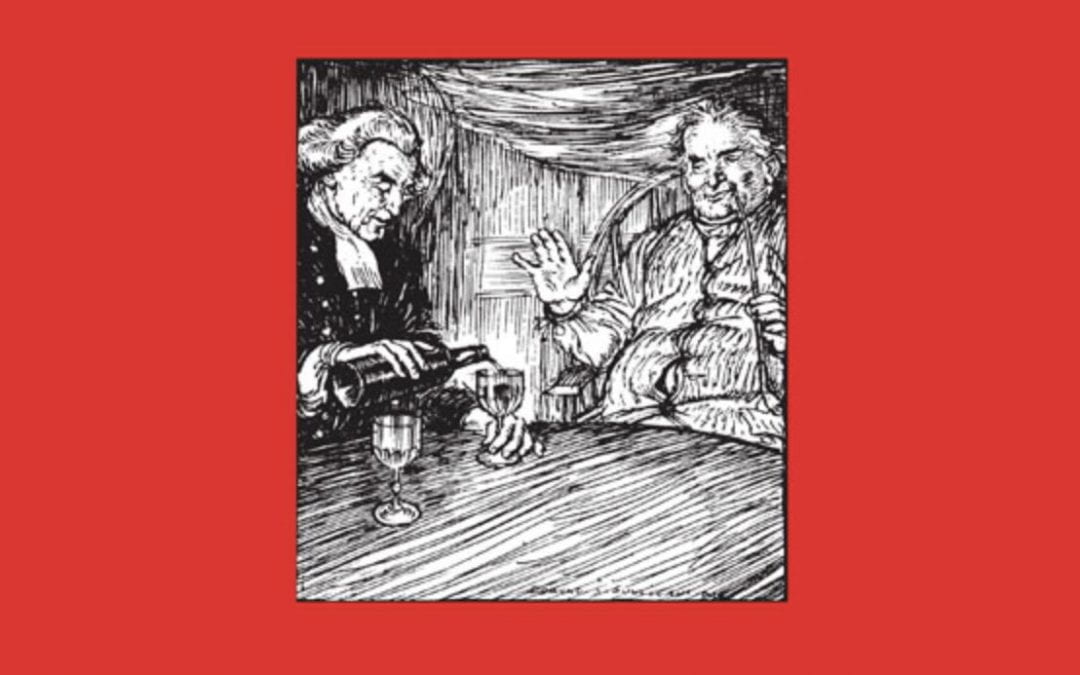
New Research on Athletes and Performance Enhancing Substances
This study, co-authored by Constantino Stavros, examined life course narratives of sixteen recently retired athletes to report on the factors that impelled their performance-enhancing substances (PESs) usage, including for some, the first use of banned PES. It provided deep qualitative insight into athlete PES usage; exploring the variables leading them to escalate their PES use regimens; reveal PES experiences during their careers and, unlike other studies, not to focus exclusively on ‘doping’ as measured by the use of WADA-banned substances. Advances in PES use were instantiated by a substantive, sometimes radical and often sudden increase in urgency to improve performance related to output requirements, specific demands, knowledge and access, timing windows, the competitive landscape, loyalty to coaches, efficiency expectations and likelihood of detection. Some athletes began PES use prior to reaching what could be termed ‘high-performance’ status, and some continue to use PES in retirement to manage injury or stress.
Smith, A.C.T., & Stavros, C. (2020). Exploring the Progressive Use of Performance Enhancing Substances by High-Performance Athletes. Substance Use & Misuse. doi.org/10.1080/10826084.2019.1711412


Acknowledgement of Country
RMIT University acknowledges the people of the Woi wurrung and Boon wurrung language groups of the eastern Kulin Nation on whose unceded lands we conduct the business of the University. RMIT University respectfully acknowledges their Ancestors and Elders, past and present. RMIT also acknowledges the Traditional Custodians and their Ancestors of the lands and waters across Australia where we conduct our business - Artwork 'Sentient' by Hollie Johnson, Gunaikurnai and Monero Ngarigo.
More information
- Copyright © 2025 RMIT University |
- Terms |
- Privacy |
- Accessibility |
- Website feedback |
- Complaints |
- ABN 49 781 030 034 |
- CRICOS provider number: 00122A |
- TEQSA provider number: PRV12145 |
- RTO Code: 3046 |
- Open Universities Australia |
- RMIT Training Pty Ltd, trading as RMIT University Pathways (RMIT UP), CRICOS Provider Code: 01912G
